Canada retail sales were virtually unchanged at CAD 52.6B in December, matched expectations. Ex-auto sales rose 0.5% mom, above expectation of 0.4% mom. Sales were up in eight provinces. Ontario rose 0.4% as a result of higher sales at motor vehicle and parts dealers. In Toronto, sales were up 1.8%. In Alberta, sales grew 1.0%. In Quebec, sales dropped -1.4%, largest monthly decline in more than a year.
Eurozone CPI finalized at 1.4%, core at 1.1%
Eurozone CPI was finalized at 1.4% yoy in January, core CPI at 1.1% yoy. Highest contribution to the annual Eurozone inflation rate came from services (0.68%), followed by food, alcohol & tobacco (0.40%), energy (0.19%) and non-energy industrial goods (0.08%).
EU27 CPI was finalized at 1.7% yoy. The lowest annual rates were registered in Italy (0.4%), Cyprus (0.7%), Denmark and Portugal (both 0.8%). The highest annual rates were recorded in Hungary (4.7%), Romania (3.9%), Czechia and Poland (both 3.8%).
UK PMI manufacturing rose to 51.9, overall business activity on a stronger path
UK PMI Manufacturing rose to 51.9 in February, up from 50.0, beat expectation of 49.7. That’s also the highest level in 10 months. PMI Services, however, dropped to 53.3, down from 53.9, missed expectation of 53.4. PMI Composite was unchanged at 53.3.
Tim Moore, Associate Director at IHS Markit, said:
“UK private sector growth held its ground in February as a stronger contribution from manufacturing output helped to keep overall business activity on a stronger path than any time since September 2018. The latest survey also revealed a solid upturn in the service economy, driven by improving domestic spending and a recovery in new business enquiries since the start of 2020.
“The recent return to growth signalled by the manufacturing and services PMIs provides a clear indication that the UK economy is no longer flat on its back, with our GDP nowcast pointing to 0.2% growth through the first quarter of the year.
“While there are positive signals for UK businesses on the domestic front, the latest PMI findings highlight a number of concerns from an international perspective following the COVID-19 outbreak. Service providers often commented on reduced tourism-related bookings and cancellations from overseas clients in affected markets.
“Manufacturers noted that abrupt shortages of components from China had reverberated through their supply chains and led to difficulties sourcing critical inputs. The downward trajectory of the suppliers’ delivery times index since January was the steepest since the survey began, exceeding the previous record set amid the UK fuel protests in September 2000.
“Stocks of inputs dropped at the fastest pace for just over seven years in February as supply chain bottlenecks in Asia amplified the swing in the inventory cycle from Brexit-related destocking. Some manufacturing firms suggested that rising export demand from clients in the US and Europe had added to pressure on the availability of materials, although there were only sporadic reports that component shortages had disrupted production schedules in February.”
Eurozone PMI manufacturing rose to 49.1, encouraging signs of pulling out of downturn
Eurozone PMI Manufacturing rose to 49.1 in February, up from 47.9, and beat expectation of 47.5. It’s the highest level in 12 months, even though it stayed in contraction region. PMI Services rose to 52.8, up from 52.5 beat expectation of 52.2. PMI Composite rose to 51.6, up from 51.3.
Commenting on the flash PMI data, Chris Williamson, Chief Business Economist at IHS Markit said:
“The eurozone economy managed to pick up some momentum again in February despite many companies having been disrupted in various ways by the coronavirus, which caused supply problems and showed signs of hitting travel and tourism numbers in particular. The flash PMI has climbed to a six-month high, consistent with GDP growing at a quarterly rate approaching 0.2%.
“The expansion is being led by welcome resilience in the service sector but manufacturing is also showing encouraging signs of pulling out of the downturn that has plagued producers for over a year, with new orders falling at the slowest rate since late-2018.
“However, the outlook remains highly uncertain, notably in respect to the potential for further disruptions to supply chains, travel, tourism and demand arising from the coronavirus outbreak. In particular, the widespread delivery delays seen in February bode ill for production in March unless new deliveries can be secured.
“While the February survey data are welcome news in a month in which media headlines have been dominated by fears of economic growth being hit by the COVID-19 outbreak, the full immediate impact may not yet be apparent.”
Germany PMI manufacturing rose to 13-mth high, despite fresh setback to exports
Germany PMI Manufacturing rose notably to 47.8 in February, up from 45.3, beat expectation of 44.8. That’s the highest level in 13 months even though it’s staying in contraction. PMI Services, however, dropped to 53.3, down form 54.2, missed expectation of 54.0. PMI Composite dropped slightly from 51.2 to 51.1.
Commenting on the flash PMI data, Phil Smith, Principal Economist at IHS Markit said:
“February’s ‘flash’ PMI results show that the German economy managed to eke out another marginal increase in business activity, despite a fresh setback to exports in the wake of the outbreak of the coronavirus.
“Reports from surveyed businesses indicate that, so far, disruption to manufacturing production from supply issues has been fairly limited, but these are still early days in what could potentially be a lengthy saga.
“The signs from the data are that domestic demand remained in good health, with service sector activity continuing to rise despite reports of lower tourist numbers, and even manufacturers noting a slowdown in the rate of decline in new orders despite plunging export sales.
“The manufacturing PMI defied expectations in February to move to its highest in 13 months. Though there were positive contributions from all five components, the observed jump in the headline index flatters the sector’s current trajectory, with longer input delivery times stemming from disruption to supply chains in China having an unduly positive effect.”
France PMI composite rose slightly to 51.9, faster growth solely attributed to services
France PMI Manufacturing dropped to 49.7 in February, down from 51.1, missed expectation of 50.7. It’s a 7-month low and back in contraction region. PMI Services, on the other hand, rose to 52.6, up from 51.0, beat expectation of 51.2. PMI Composite rose to 51.9, up from 51.5.
Commenting on the Flash PMI data, Eliot Kerr, Economist at IHS Markit said:
“Faster private sector growth in February can be solely attributed to services, where the expansion in activity was the quickest for four months. Meanwhile, there was fresh disappointment in the manufacturing sector.
“Despite PMI data signalling green shoots for manufacturers in recent months, there was a renewed production decline in February. A first output contraction for five months came amid several headwinds for demand and a subsequent reduction in new orders. Automotive sector weakness, the prolonged discontinuation of Boeing 737 Max production and supply-chain issues related to the coronavirus, all negatively impacted on French manufacturers in the latest survey period.”
Australia PMI composite dropped to 48.3, fiscal stimulus needed
Australia CBA PMI Manufacturing rose 0.2 to 49.8 in February, up from 49.6. However, PMI Services dropped to 48.4, down from 50.6. PMI Composite also turned into contraction at 48.3, down from 50.2. The rate of output reduction was the “steepest seen since data collection began in May 2016”. Panel membered linked this to “a combination of subdued client demand, adverse weather and the Covid-19 outbreak”.
CBA Senior Economist, Gareth Aird said: “The February flash PMIs imply a contraction in private demand. Whilst this is clearly a disappointing result, it is not altogether surprising given the two exogenous shocks that have hit the Australian economy – the bushfires and the coronavirus (Covid-19).”
“Our main concern is that these event have hit the global and local economies at a time when domestic demand was already soft. The level of both the services and manufacturing PMIs highlights the need for more policy stimulus. With monetary policy doing most of the heavy lifting an easing in fiscal policy continues to look the most appropriate response to support aggregate demand.”
Japan PMI composite dropped to 47.0, Q1 recovery hope dashed
Japan PMI Manufacturing dropped to 47.6 in February, down from 48.8. PMI services dropped to sharply to 46.7, down from 51.0, dipped into contraction. PMI Composite also dropped to 47.0, down from 50.1, now in contraction too.
Joe Hayes, Economist at IHS Markit, said: “latest PMI data dash any hopes of a first quarter recovery in Japan and significantly raise the prospect of a technical recession”. February’s data “stack the odds heavily against Q1 growth, despite Abe’s best efforts to stimulate the economy after the sales tax hike”.
Japan national CPI core rose to 0.8%, but core-core slowed
Japan national CPI core (all items ex-fresh food), rose to 0.8% yoy in January, up from 0.7% yoy, matched expectations. But it remains well below BoJ’s 2% target. Headline CPI slowed to 0.7% yoy, down form 0.8% yoy. CPI core-core (all items ex-fresh food, energy slowed to 0.8% yoy, down fro 0.9% yoy.
BoJ Governor Haruhiko Kuroda told the parliament today that he saw the economy to continue with moderate recovery. The central bank won’t hesitate to take additional easing measures if necessary. But he didn’t believe it’s needed now.
Kuroda added that uncertainty regarding China’s coronavirus outbreak is high, because of the impact on exports, production, and tourism. He’d watching the effects with “grave concern.” Also, the coronavirus will be the “biggest topic on the agenda” at this week’s G20 meeting.
Philly Fed manufacturing index rose to 36.7, highest since Feb 2017
Philadelphia Fed manufacturing outlook index rose to 36.7 in February, up from 17, beat expectation of 12. That’s also the highest reading since February 2017. Current indicators for general activity, new orders, and shipments increased this month, suggesting more widespread growth. Future indexes also showed improvement, indicating continuation of growth in the next six months.
US initial jobless claims rose 4k to 210k
US initial jobless claims rose 4k to 210k in the week ending February 15, matched expectations. Four-week moving average dropped -3.25k to 209k.
Continuing claims rose 25k to 1.726m in the week ending February 8. Four-week moving average of continuing claims dropped -5.25k to 1.772m.
ECB: Sept easing package gradually transmitted to the economy
In the accounts of ECB January 22-23 meeting, it’s noted that the package of stimulus measures announced last September “have lowered term premia and contributed to the overall substantial easing in financial conditions.” There were also “indications” that the package was “being gradually transmitted to the economy”.
“Market sentiment had turned positive and risk appetite among market participants seemed strong.” Additionally, “uncertainties were perceived as receding”, mainly due to US-China trade deal and stabilization in economy outlook. But monetary policy “had to remain highly accommodative for a prolonged period of time”, with inflation “still far away” from target, and “robust convergence” of inflation towards target was “not yet assured”.
Meanwhile, “risks remained tilted to the downside” even though they had become “less pronounced”. Also, “it was cautioned that a more optimistic outlook for the economy needed to be communicated carefully in order not to give rise to a premature tightening of financial conditions.”
ECB de Guindos: Eurozone underlying fundamentals for moderate expansion remain in place
ECB Vice President Luis de Guindos said today that “the underlying fundamentals for a continued though moderate expansion of the euro area economy remain in place, as foreseen in the December 2019 Eurosystem staff projections.”
However, “risks surrounding the euro area remain tilted to the downside.. In particular, the outbreak of the coronavirus and its potential effect on global growth add a new layer of uncertainty.”
UK retail sales rose 0.9%, ex-fuel sales rose 1.6%
UK retail sales rose 0.9% mom in January, much higher than expectation of 0.4% mom. Retail sales ex-fuel rose 1.6% mom, also much higher than expectation of 0.6% mom. On quantity bought terms, non-store retailing rose 0.3% mom, non-foodstores rose 0.5% mom, food stores rose 0.7% mom.
Germany Gfk consumer sentiment dropped to -9.8, coronavirus weighs
Germany Gfk consumer sentiment for March dropped slightly by -0.1 to 9.8, matched expectations. Nevertheless, on the positive side, economic expectations rose for the second consecutive month, up from -3.7 to 1.2, back above long term average around 0.
“The consumer climate has been unable to continue the previous month’s positive trend. The spread of the coronavirus has undoubtedly contributed to uncertainty among consumers,” explains Rolf Bürkl, consumer expert at GfK.
“A decline or halt in production in companies in China triggered by the virus could affect production in Germany as well, or even cause it to come to a complete standstill. This could result in reduced working hours and possibly reductions in staff. And this would not be of benefit to consumer confidence.”
Australia unemployment rate surged to 5.3%, AUD/CAD extends down trend
Australia employment grew 13.5k in January, better than expectation of 10.0k. Full time jobs rose 46.2k while part-time jobs dropped -32.7k. But unemployment rate surged to 5.3%, up from 5.1%, worse than expectation of 5.1%. Participation rate rose 0.1% to 66.1%.
The surge in unemployment rate somewhat deviates from RBA’s expectation that it will stay in 5.00-5.25% range for some time before falling to 4.75% in 2021. Also, it has to be considered that the impact of coronavirus outbreak in China hasn’t been reflected there. There is risk of a sudden spike in the data of the coming months. Today’s data adds much weight to the case for RBA to finally deliver another rate cut in April, after much hesitation.
Aussie bearish also finally make up their mind in selling it through key support level against both Dollar and Canadian. AUD/CAD’s strong break of 0.8835 support this week confirms resumption of long term term down trend. The cross is kept comfortably below falling 55 week EMA, which affirms bearishness. Next downside target will be 100% projection of 1.0241 to 0.9105 from 0.9775 at 0.8639.
China’s coronavirus cases slowed, but contagion to Asia intensifies
New confirmed cases of Wuhan coronavirus dropped drastically in China. According to the National Health Commission, there were only 394 new cases on February 19, and that’s the lowest level since January 23. Total accumulated number of confirmed cases in China now reached 74576. Death tolls didn’t slow, however, and rose 114 to 2118.
Meanwhile, the outbreak is starting to get serious in surrounding countries. South Korea reported 31 new cases of the Wuhan coronavirus today, with a new outbreak traced to church services in Daegu. Total number of cases in South Korea jumped to 82.
In Japan, more than 620 passengers on the Diamond Princess liner have been infected. NHK said that two from the cruise died, citing an unnamed government source. Outside of the cruise, number of infections in Japan has more than doubled in the past week to 74. Number of cases in Singapore also reached 84. Also, two Iranian citizens, who were tested positive, have died.
As widely expected, China’s PBoC cut its benchmark interest rates today, to counter the economic impact of the Wuhan coronavirus outbreak. One-year loan prime rate was lowered by -10bps to 4.05%. Five-year LPR was lowered by -5 bps to 4.80%. There is no overwhelmingly positive reaction in Hong Kong and China stock markets for now. The tiny step hinted that the Chinese government is just opting for rolling out stimulus as a measured pace.
FOMC minutes said policy appropriate, Dollar index heading to 100
In the minutes of January 28-29 FOMC meeting, it’s noted that policymakers generally judged that current monetary stance was “appropriate”. Maintaining current stance, with federal funds rate at 1.50-1.75%, will give the committee ” time for a fuller assessment of the ongoing effects on economic activity of last year’s shift to a more accommodative policy stance”. Fed expected growth to “continue at a moderate pace”.
Trade uncertainties “had diminished recently” and there “signs of stabilization in global growth”. But uncertainties remained, including risks from the outbreak of the coronavirus that started in China. “The threat of the coronavirus, in addition to its human toll, had emerged as a new risk to the global growth outlook, which participants agreed warranted close watching.”
Dollar index rose notably yesterday to close at 99.70, staying firm after FOMC minutes. Rally in USD/JPY was the main force lifting the DXY yesterday, while EUR/USD stayed weak after recent selloff. With 99.66 resistance broken, whole up trend from 2018 low of 88.26 is resuming. The strong support from 55 week EMA affirmed medium term bullishness too, even though upside momentum is a bit unconvincing in weekly MACD. DXY should now rise through 100 handle to 78.6% retracement of 103.82 to 88.26 at 100.49.
PBoC: Impact of Wuhan coronavirus limited in terms of time and scope
China’s central bank PBOC tried to tone down the impact of the Wuhan coronavirus outbreak, and said today that the impact on the economy will be “short-lived” and “limited in terms of time and scope”. Nevertheless, it will still work to promote consumption and investment to boost domestic demand.
There were also talks of more stimulus by the government, including cash infusions and bailouts for the struggling airline industry.




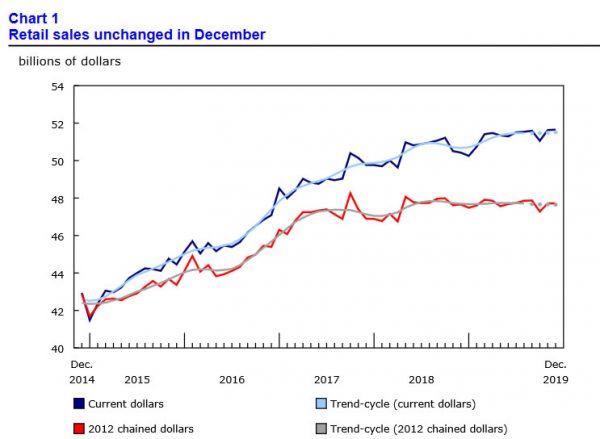
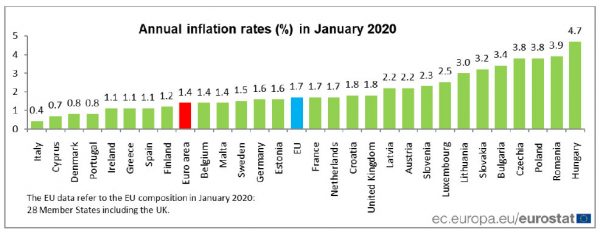
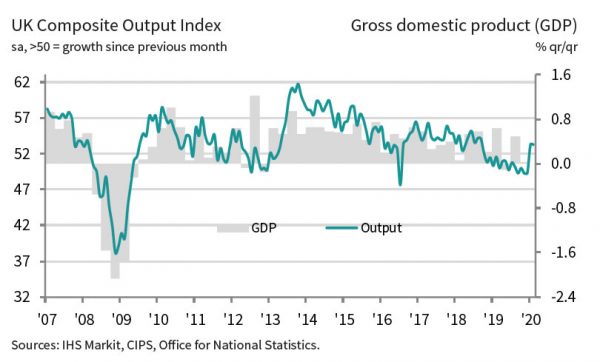
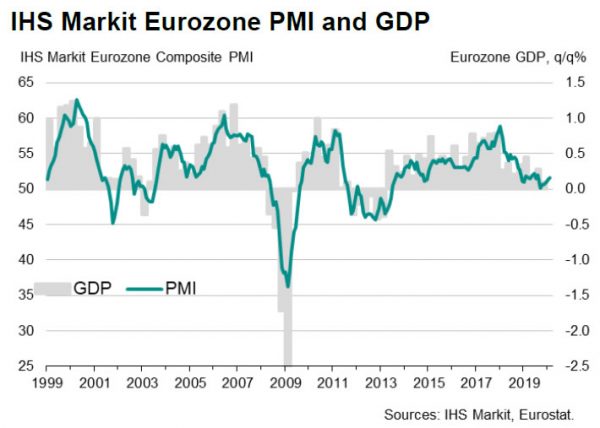
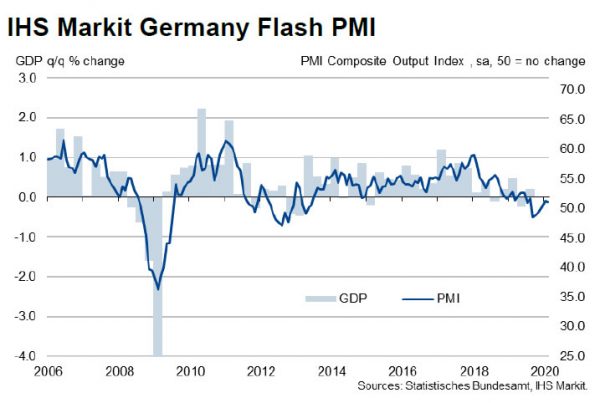
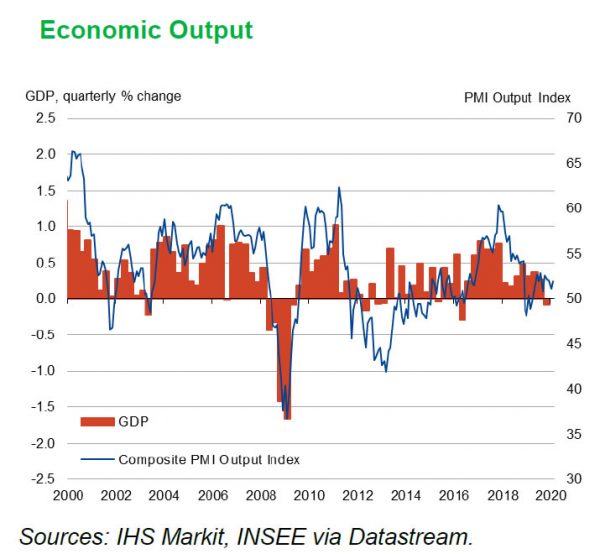
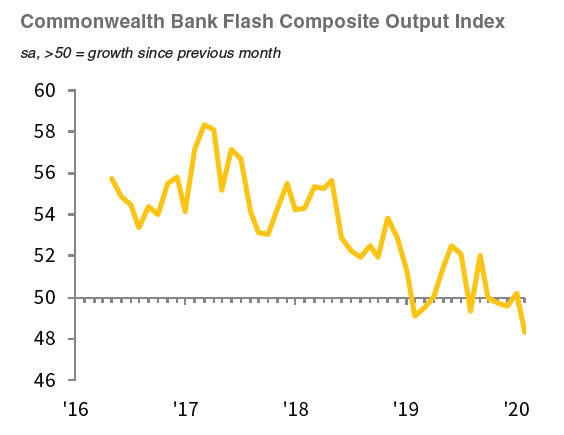
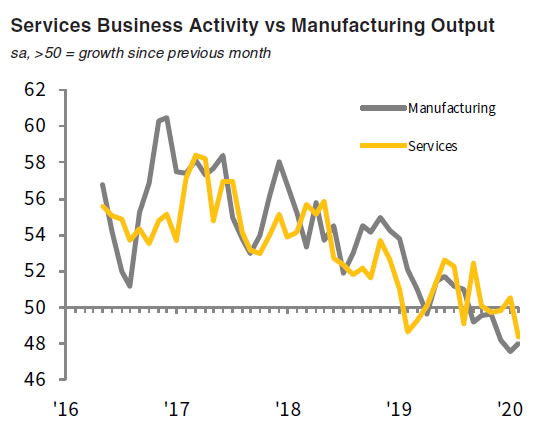
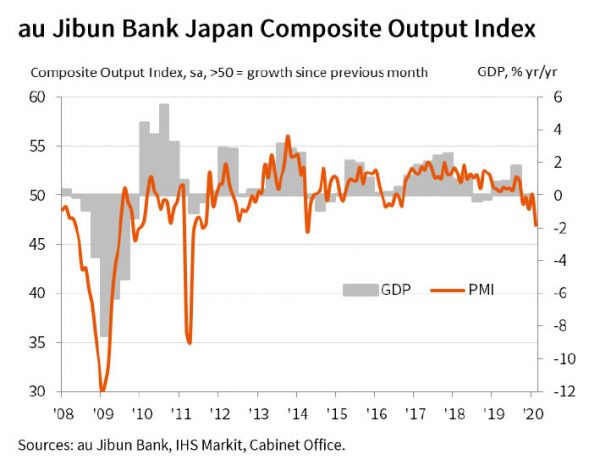
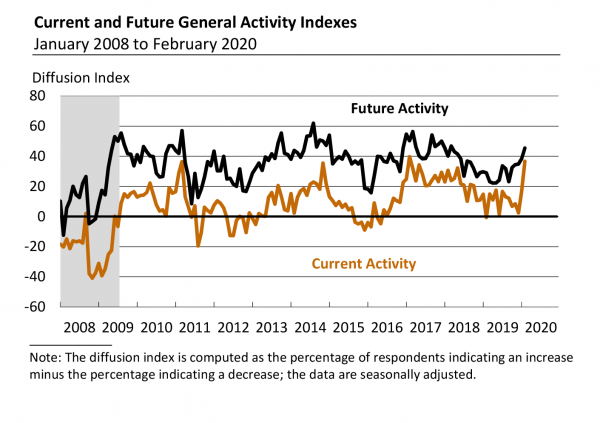
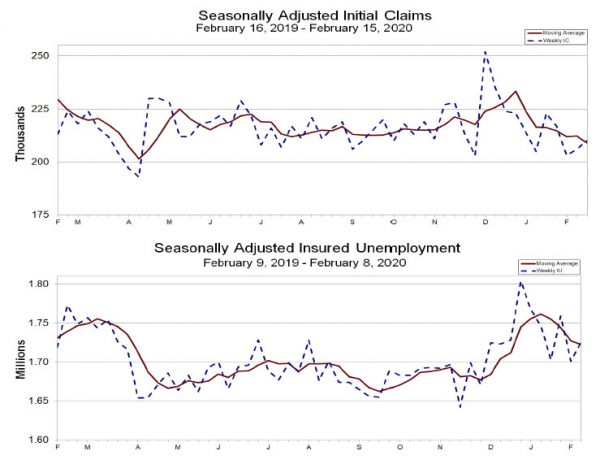
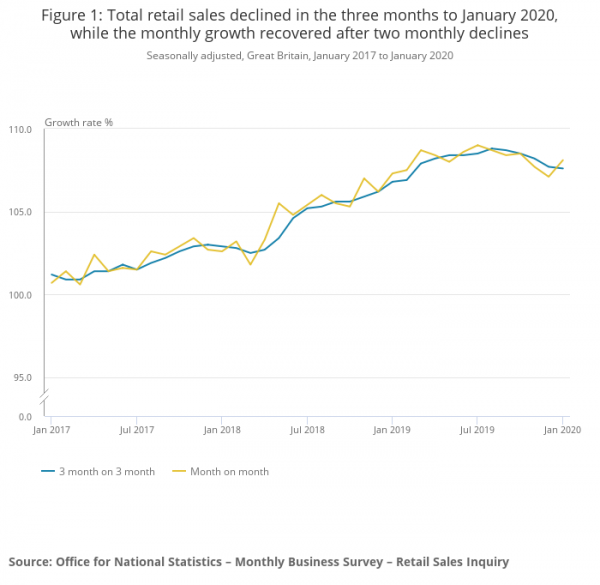
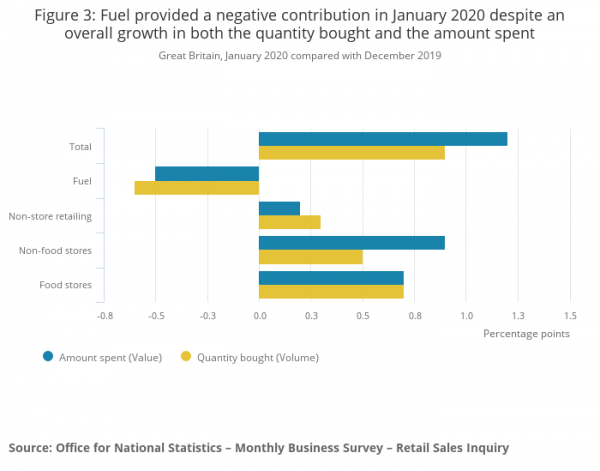
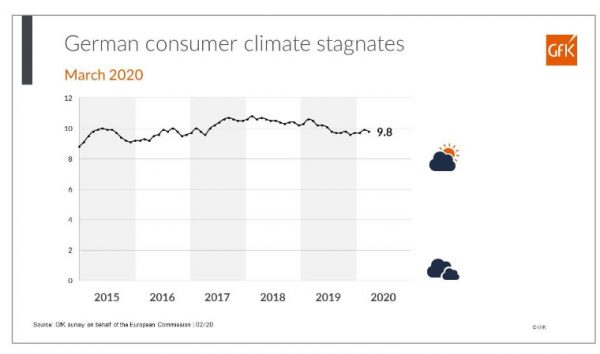
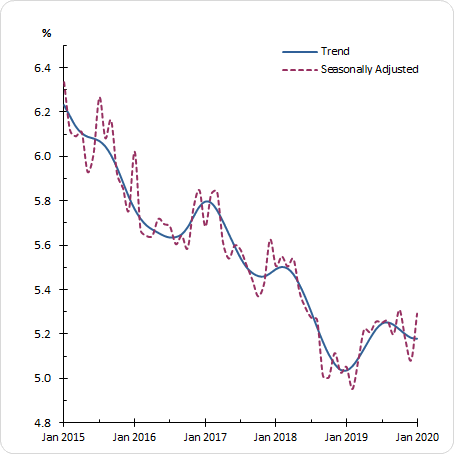
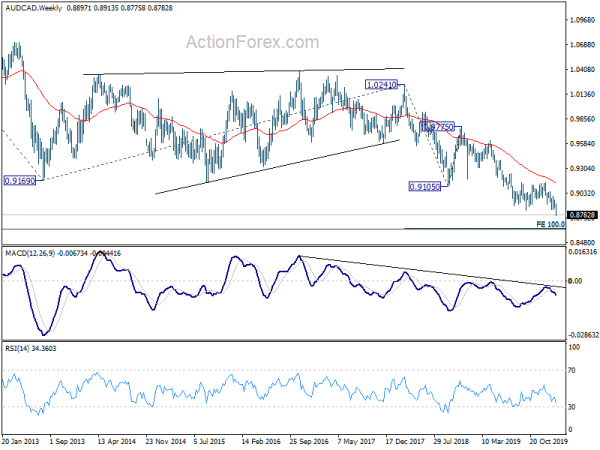
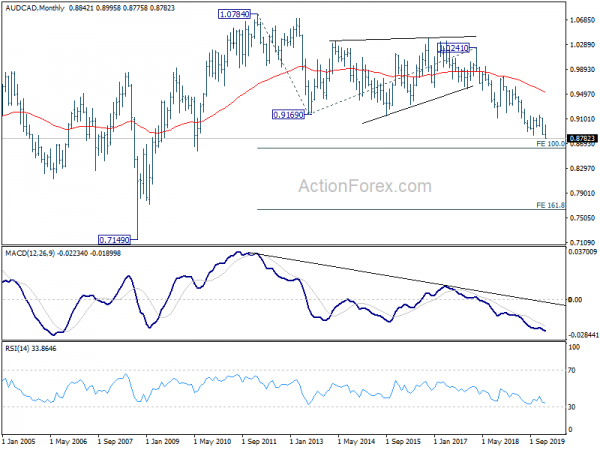
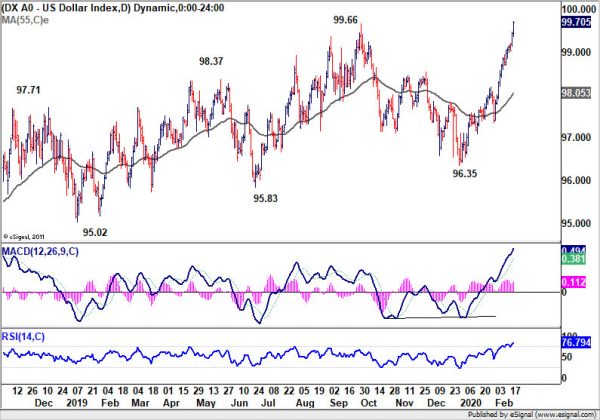
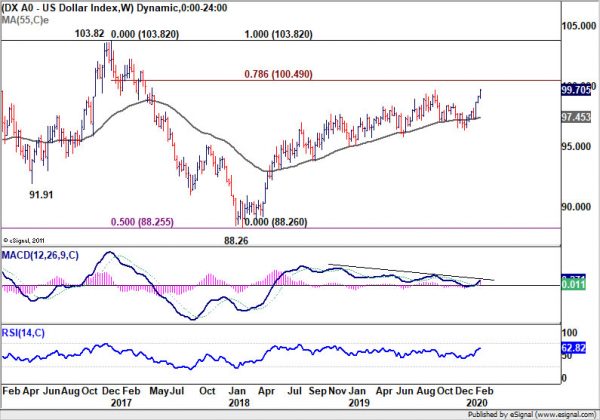

Dollar falls on cautious Fed Brainard, 30-yr yield hits record low
Dollar reverses some of this week’s strong gains as pressured by surprisingly cautious comments from Fed Governor Lael Brainard, in the background of record low in 30-year yield, below 1.9 handle.
Brainard said in a speech that “with trend inflation running below the symmetric 2 percent objective, there is a risk that inflation expectations have slipped. . And, “with price inflation showing little sensitivity to resource utilization, policy may have to remain accommodative for a long time to achieve 2 percent inflation following a period of undershooting.”
Meanwhile, 30-yaer yield hits new record low at 1.892 today. The development argues that TXY might even be resuming long term down trend. it’s a bit early to say. But we’re tentatively looking at 61.8% projection of 3.455 to 1.905 from 2.393 at 1.435 at the next medium term target.